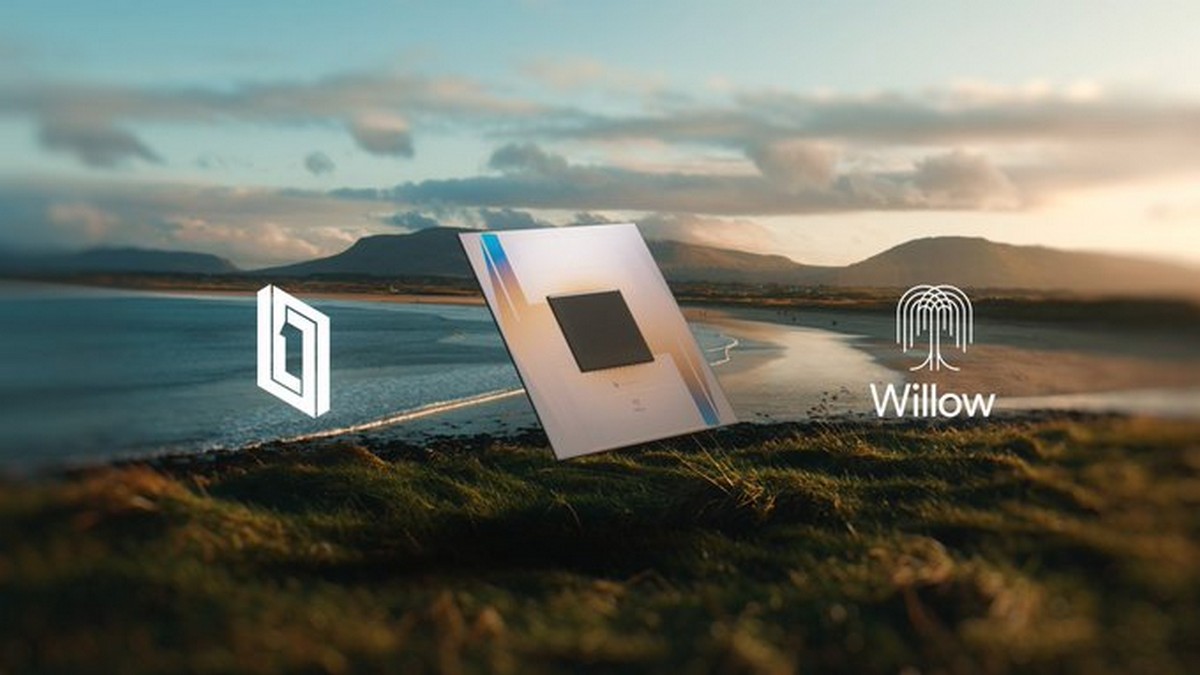Google has unveiled a new quantum computing chip.
The tech giant claims its chip, named ‘Willow,’ can in five minutes solve a math equation that the fastest supercomputers would take 10 septillion years to do.
Ten septillion years is larger than the age of the universe
“Introducing Willow, our new state-of-the-art quantum computing chip with a breakthrough that can reduce errors exponentially as we scale up using more qubits, cracking a 30-year challenge in the field,” Google CEO Sundar Pichai wrote on X.
“In benchmark tests, Willow solved a standard computation in <5 mins that would take a leading supercomputer over 10^25 years, far beyond the age of the universe(!).”
“We see Willow as an important step in our journey to build a useful quantum computer with practical applications in areas like drug discovery, fusion energy, battery design + more."
But what do we know about Willow? What does it mean for supercomputing and you?
Let’s take a closer look:
A brief look at quantum computing
First, let’s briefly examine quantum computing.
According to IBM, quantum computing is an emerging field of computer science.
It relies on quantum mechanics – a controversial and little-understood subject that deals with the behaviour of subatomic particles – to work out equations that are too difficult for regular computers or even supercomputers to solve.
Quantum mechanics states that particles at a subatomic level behave very differently than they would in the world around us – a concept that was an anathema to some.
Albert Einstein, debating German physicist Max Born on the subject, famously criticised quantum mechanics with the phrase ‘God does not play dice.’
As per AWS.Amazon.com, quantum computing makes use of parts of computer science, physics, and mathematics.
While classical computers rely on bits – representing 0 and 1 – quantum computers use qubits.
These qubits mimic the behaviour of subatomic particles – which are even tinier than atoms. Another difference between bits and qubits is that the latter can store information as 0, 1 or both 0 and 1.
This, known as a superposition, combined with a process called entanglement, lets quantum computers make extremely large calculations in the blink of an eye.
What we know about Willow
According to India Today, Willow has a processing power of 105 qubits.
It uses tiny electrical circuits known as superconducting transmon qubits to perform calculations.
The problem with these is two-fold – they are extremely sensitive to their surrounding environment and adding more qubits to the equation makes things more complicated.
All of this can potentially make qubits error prone.
Thus as per Business Standard, these superconducting transmon qubits thus have to be kept at a cool temperature – just above absolute zero – to keep them in good functioning order
Google claims it has solved this problem of errors by introducing innovative error correction techniques.
These, it says, let it make corrections in real-time even as the calculations are on.
Willow has also been imbued with greater qubit connectivity, as per Business Standard.
Hartmut Neven, head of Google’s Quantum AI Lab, called Willow “the best quantum processor built to date.”
“It’s like moving from a single-engine airplane to a four-engine aircraft—safer and more reliable,” Neven told BBC.
“The Willow chip is a major step on a journey that began over 10 years ago. When I founded Google Quantum AI in 2012, the vision was to build a useful, large-scale quantum computer that could harness quantum mechanics — the “operating system” of nature to the extent we know it today — to benefit society by advancing scientific discovery, developing helpful applications, and tackling some of society’s greatest challenges. As part of Google Research, our team has charted a long-term roadmap, and Willow moves us significantly along that path towards commercially relevant applications,” Neven wrote on Google blogspot.
What does it mean for supercomputing and you?
Willow’s practical use in the present is limited.
Neven has already said quantum computing’s next goal should be accomplishing a “useful, beyond-classical” calculation, as per India Today.
However, its potential use in the future could be limitless.
According to India Today, Google says supercomputers could make strides in fields where classical computers have fallen short – from medicine to battery technology to Artificial Intelligence.
As per Business Today, supercomputers could also completely revolutionise materials science and financial modelling.
However, experts warn that it may take years, if not decades, before humans start witnessing the practical benefits of supercomputers.
In 2019, IBM challenged Google’s claim that Google’s quantum chip solved a problem that would take a classical computer 10,000 years, saying the problem could be solved in two-and-a-half days using different technical assumptions about a classical system.
In a blog post Monday, Google said it took some of those concerns into account in its newest estimates. Even under the most idealistic conditions, Google said a classical computer would still take a billion years to get the same results as its newest chip.
Some of Google’s rivals are producing chips with a larger number of qubits than Google, but Google is focused on making the most reliable qubits it can, Anthony Megrant, chief architect for Google Quantum AI, said in an interview.
Google fabricated its previous chips in a shared facility at the University of California, Santa Barbara, but built its own dedicated fabrication facility to produce its Willow chips. Megrant said that new facility will speed up how fast Google can make future chips, which are chilled in huge refrigerators called cryostats to run experiments.
“If we have a good idea, we want somebody on the team to be able to … get that into the clean room and into one of these cryostats as fast as possible, so we can get lots of cycles of learning,” Megrant said.
With inputs from agencies


)

)
)
)
)
)
)
)
)



